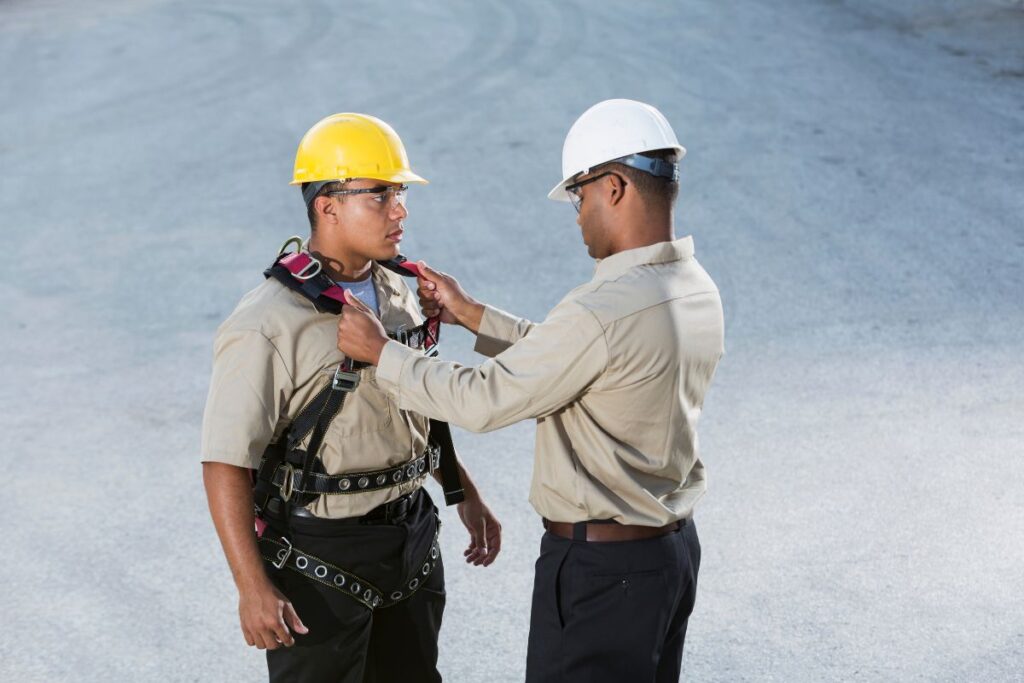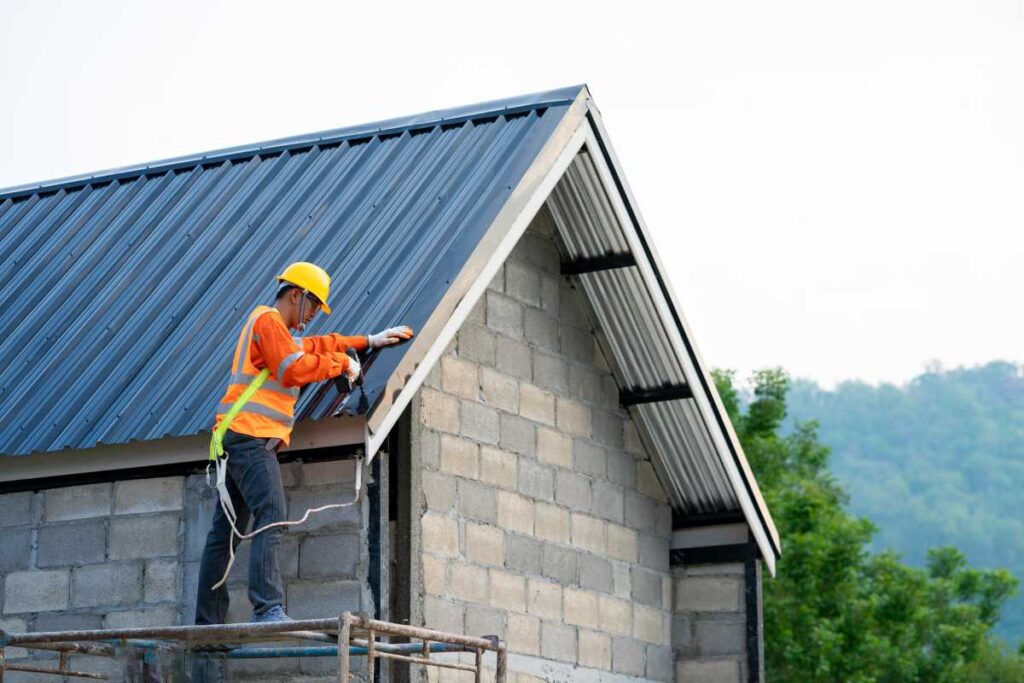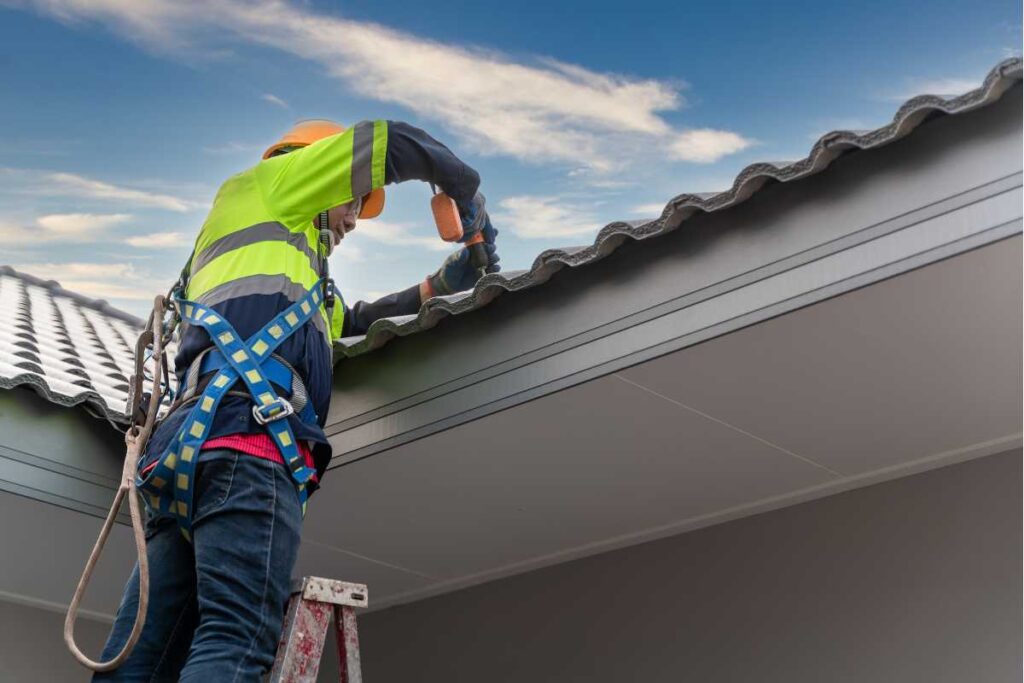Whether you’re a DIY enthusiast venturing into roof work or a new professional roofer, Roofer safety should always be your top priority. A crucial part of your safety equipment is the roofing safety harness. But how do you pick the right one, especially when you’re a beginner? Worry not, because we at Kiwi Roof Masters have got your back. Here’s our beginner’s guide to choosing the right safety harness.
- Understand the Basics
A safety harness is a form of safety equipment designed to prevent injuries and fatalities when working at height. A full-body harness is the safest option, distributing the force of a fall evenly across the body.
- Look for Essential Features
Key features to look for in a safety harness include:
- Dorsal D-ring: This is an attachment point on the back of the harness for fall arrest systems.
- Frontal D-rings: These are used for climbing or descent applications.
- Side D-rings: These are used for work positioning, allowing hands-free operation.
- Shoulder D-rings: They’re used for rescue and retrieval situations.
- Choose the Right Fit
A properly fitting harness is crucial. It should fit snugly but allow full range of motion. Adjustable leg, shoulder, and chest straps can help achieve a better fit.
- Check Weight Capacity
The harness should be able to support your weight along with the weight of your equipment. Most harnesses can support at least 140 kg, but always check the weight capacity before purchasing.
- Consider Comfort
If you’re going to wear the harness for extended periods, look for one with padding in the shoulder, back, and leg areas.
- Look for Easy Adjustment Features
Your harness should be easily adjustable for a secure fit. Look for harnesses with quick-release buckles and easy-to-adjust straps.
- Check Compliance
Make sure the harness complies with all relevant safety standards. In New Zealand, the harness should comply with AS/NZS 1891.1:2007 standard.
- Inspect Before Purchase
Examine the harness carefully before buying. Check for any signs of damage, such as frayed straps, loose stitching, or rust on the metal components.
Remember, no matter how well-rated a harness might be, the best safety harness for you is the one that fits you correctly, is comfortable to wear, and suitable for the specific task at hand.
At Kiwi Roof Masters, safety comes first. We’re committed to using top-quality equipment and implementing strict safety protocols. Whether you’re considering a roof repair, replacement, or any other roofing project, why not let our professional team handle it? Contact us today to discuss your needs.


